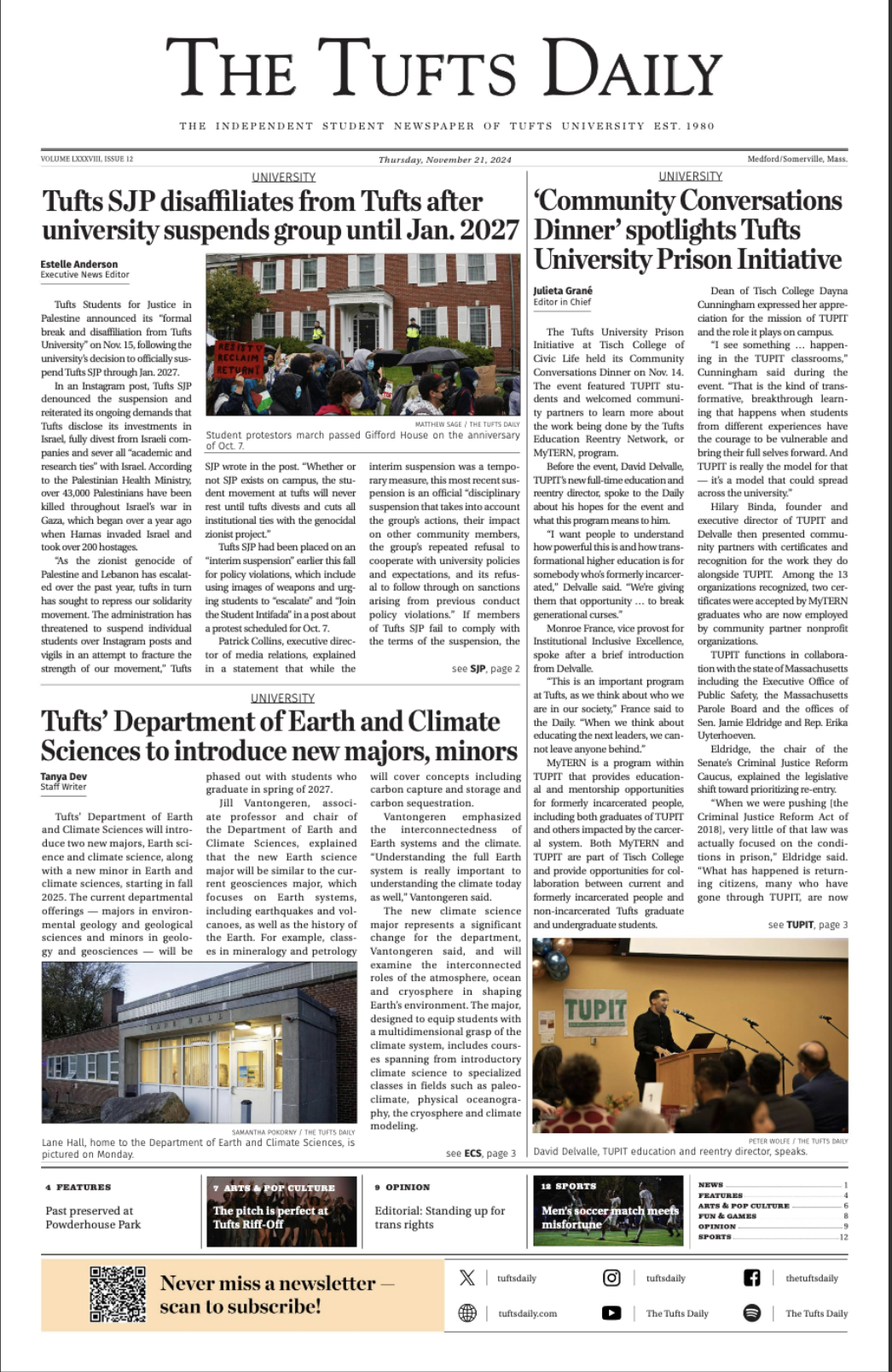This week I was powerfully floored by Patrick Chamoiseau’s “Slave Old Man” (1997). Originally published in French and Creole in 1997, Linda Coverdale’s translation is accurate and allows for Chamoiseau’s beautiful and significant text to be read by English speakers.
Chamoiseau was born in Martinique and is a celebrated author and part of the Créolité movement. Within his writing, he mixes Creole into his French. In turn, he validates Creole while displaying its strength and importance. He is deeply focused on language and the effects that this particular language can have, representing Martinique and this slave narrative in a devoted and dutiful way.
“Slave Old Man” follows a fugitive slave’s, referred to as the old man, flight from a plantation through thick woods in Martinique.Split into seven sections, you are constantly moving with him. His running creates the constant movement of the novel while he is pursued by the plantation master and his monstrous dog.
Chamoiseau switches quickly between points of view. Instead of being sloppy in its speed, the switching is so deliberate and quick that it emphasizes the rapid pace of the chase. As the dog gets closer to the old man and the climax of the story approaches, the switching becomes a step faster, quickening my heart rate with the heightening of the story.
Moreover, Chamoiseau also blends time, going between human and animal, past and present. The book is historical but also has dream-like sections that push your imagination. The narrator conflates the dog itself, as “The dog is the Master’s rudderless soul. It is the slave’s suffering double." The old man blends into the forest, interacting and slipping into the earth itself.
The language is simply baffling. Chamoiseau’s descriptions and images are lyrically stunning. Words are so perfectly and powerfully placed next to each other to create images I’ve never imagined before so vividly. I am simply in awe of so much of the language, of descriptions like “tamed the rivers vomited by the volcano” (80) and “floating in a dizzy whirl of aggravation” (86).
The old man’s flight through the woods seems doomed and impossible. Yet, he continues surviving and enduring even though everything, roots and stumps included, is set against him and becomes obstacles in his path. The strength he displays draws on the incredible strength of so many generations and centuries full of oppressed people like him, persecuted by the world and desperately and determinedly finding a way through it.
Chamoiseau understands the history of the Caribbean and slavery and its lasting effects that continue to be seen in white supremacy today. I have not even begun to unravel all that he does in “Slave Old Man,” and honestly don’t think I could on my own. It is a deeply important text that I will continue to work to understand. I feel blessed to have had the opportunity to read it.
More from The Tufts Daily
TUSC hosts second annual “Riff-Off”
By
Erin Zhu
| November 21
Daily Drip: Blossom
By
Dylan Fee
| November 21





